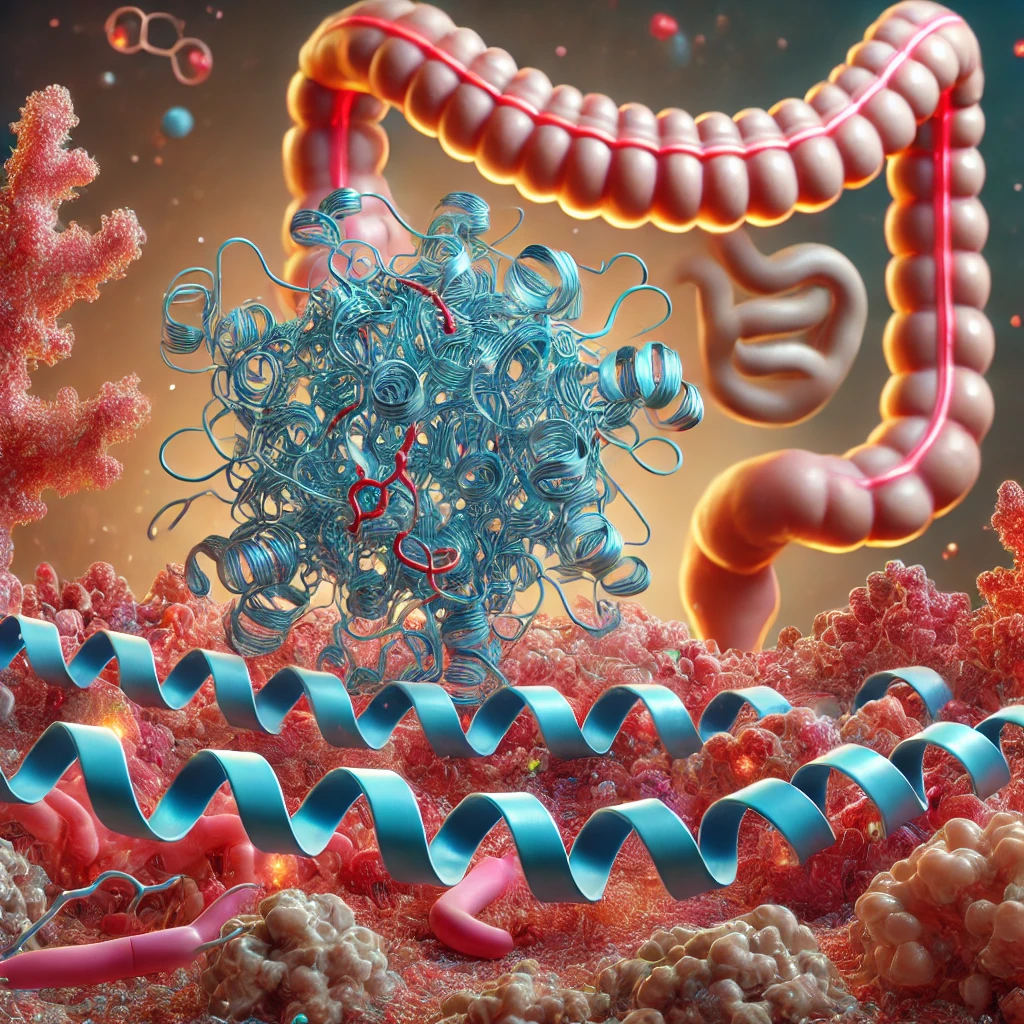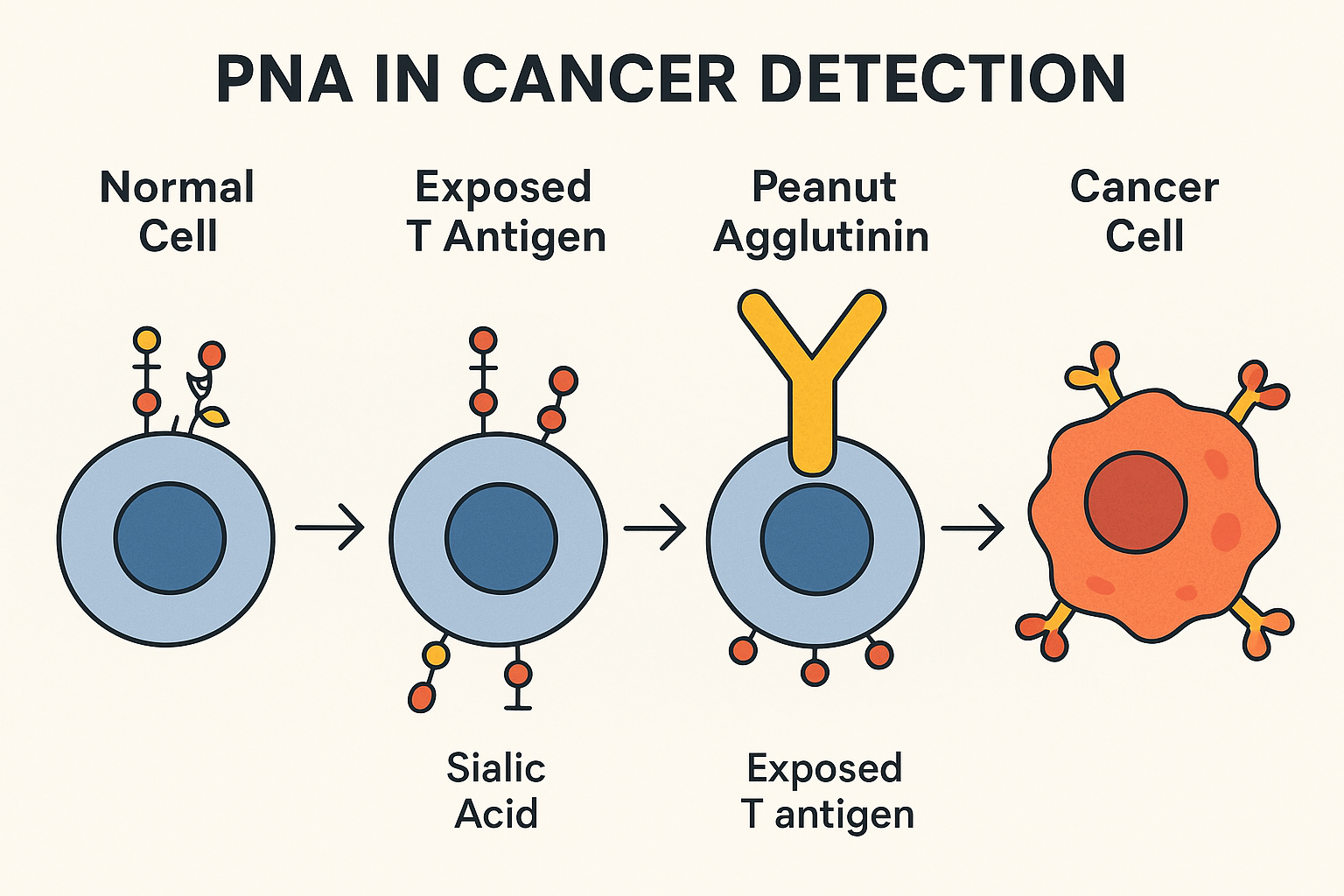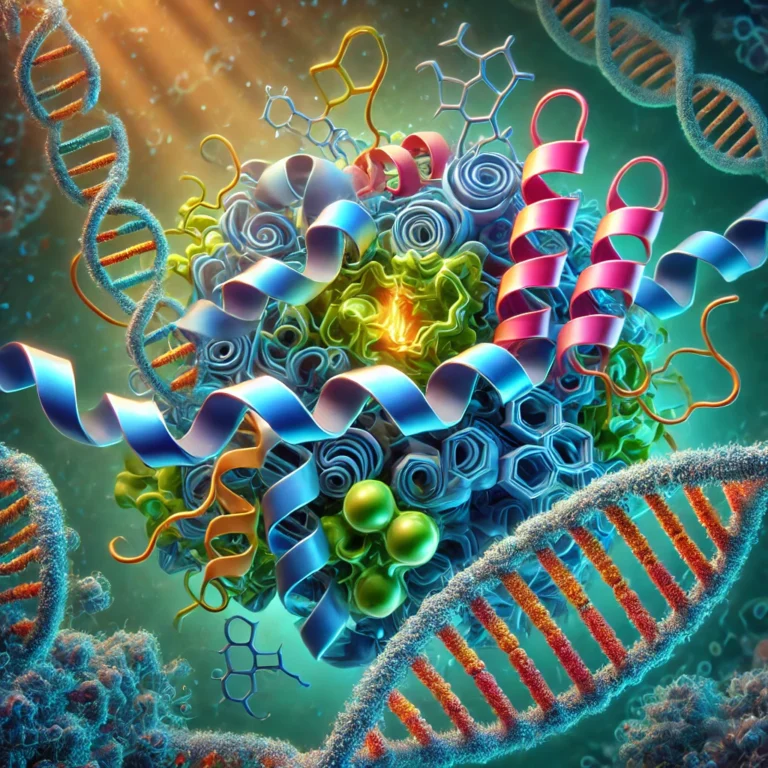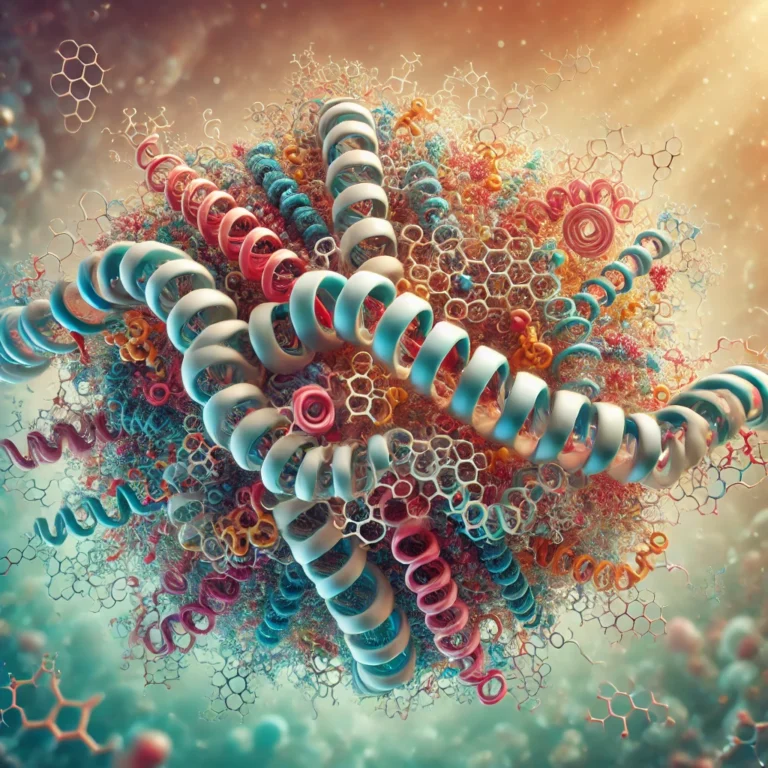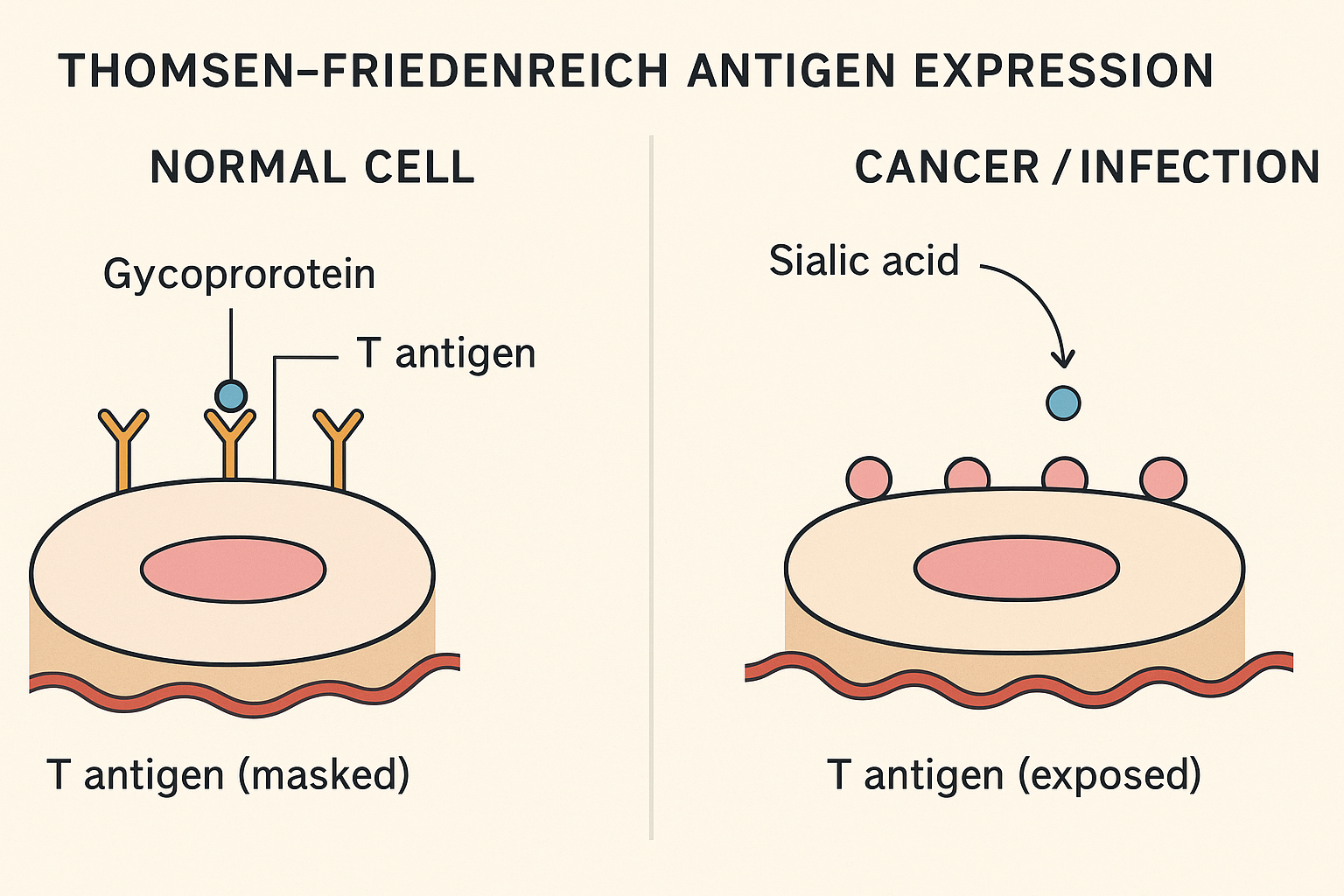CEA (Carcinoembryonic Antigen)
CEA is a cell adhesion molecule normally produced during fetal development. In adults, it is usually undetectable in the blood, but it may be re-expressed and elevated in certain cancers, including colorectal, gastric, pancreatic, breast, and lung cancers (Vrba et al., 1975).
🧪 Diagnostic Applications
- CEA is widely used in colorectal cancer (CRC) for diagnosis, with high sensitivity and specificity, especially when combined with other markers such as irisin (Temur & Rashid, 2021).
- Early postoperative CEA is a stronger prognostic indicator for stage II CRC than preoperative CEA or tumor stage, and may guide adjuvant therapy decisions (Du et al., 2022).
- In gastric and colorectal cancers, CEA cut-off values <3 ng/mL yielded 100% sensitivity and specificity, making it a strong diagnostic tool (Temur & Rashid, 2021).
📈 Prognostic Value
- Elevated postoperative CEA levels in CRC patients (even those with normal preoperative levels) correlate with worse survival and higher recurrence risk (Zhang et al., 2020).
- Longer half-life of CEA after surgery predicts poorer outcomes in patients with preoperatively elevated levels (Yuan et al., 2008).
- High CEA levels are also independently associated with worse overall survival in metastatic pancreatic cancer (Imaoka et al., 2016).
🧪 CEA in Non-Gastrointestinal Cancers
- CEA is also detected in non-small cell lung cancer (NSCLC), but due to low sensitivity, it’s often combined with other markers for better predictive value (Liu & Bai, 2012).
- Immunohistochemical localization patterns of CEA in cervical squamous cell carcinoma correlate with patient prognosis; central localization is linked to better survival (Toki & Yajima, 1991).
🧪 CEA in Biotechnology and Detection Methods
- Biotechnological applications of CEA include its use in nanotechnology, photodynamic therapy, and drug delivery systems, especially for targeting colorectal liver metastases (Campos-da-Paz et al., 2018).
- Aptamers and biosensors are being developed for ultra-sensitive detection of CEA, enhancing early cancer diagnosis (Melo et al., 2020), (Gholami et al., 2023).
⚠️ Limitations
- CEA is not specific to cancer—elevated levels can occur in smokers, inflammatory conditions, and liver disease, which limits its standalone diagnostic utility.
- Best used in monitoring and prognostic contexts, especially when combined with other markers or imaging.
✅ Conclusion
CEA is a versatile and clinically valuable biomarker for gastrointestinal and some non-GI cancers. Its strength lies in prognosis and recurrence monitoring rather than initial diagnosis, and modern biotechnological tools are expanding its utility.

